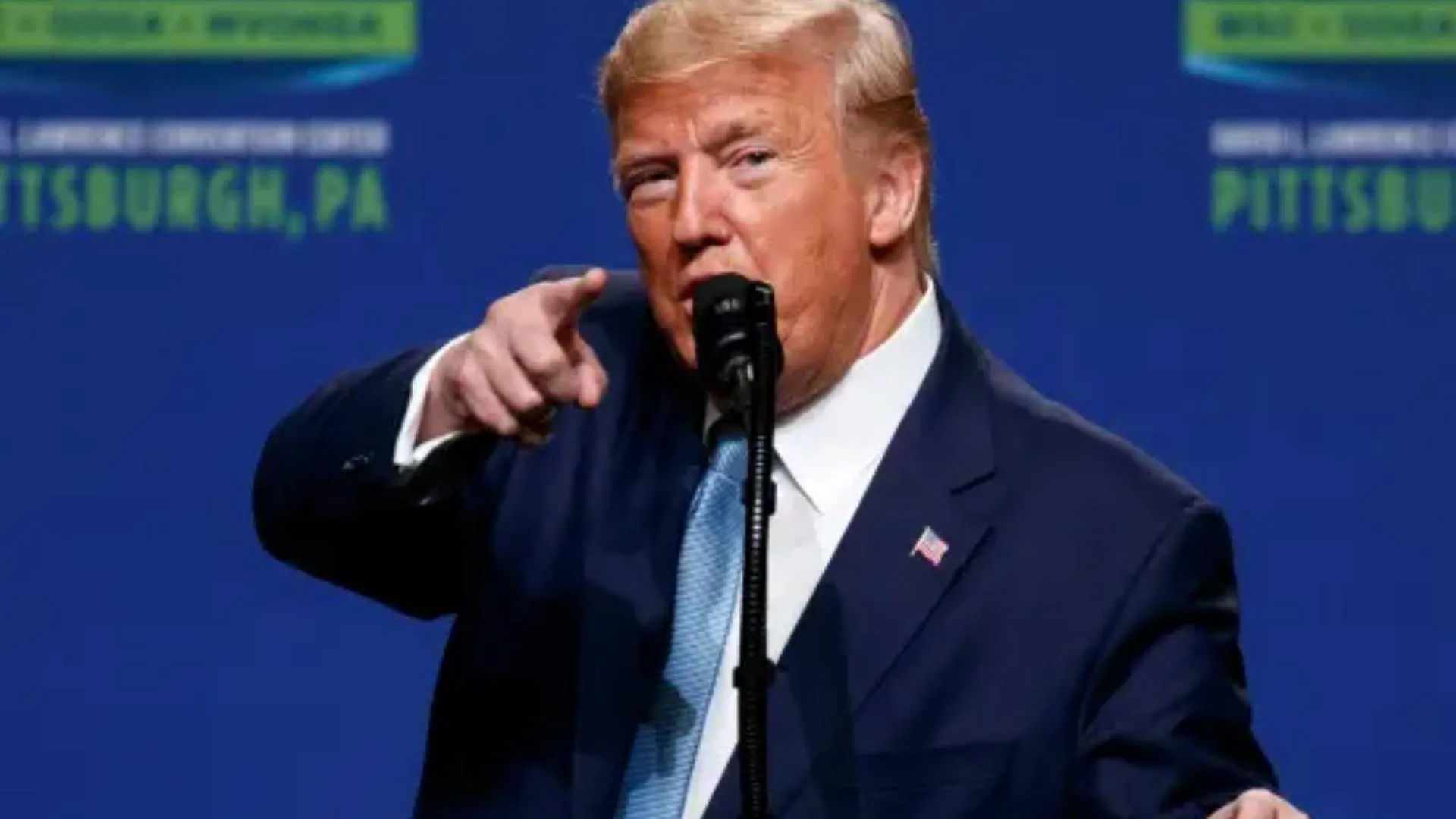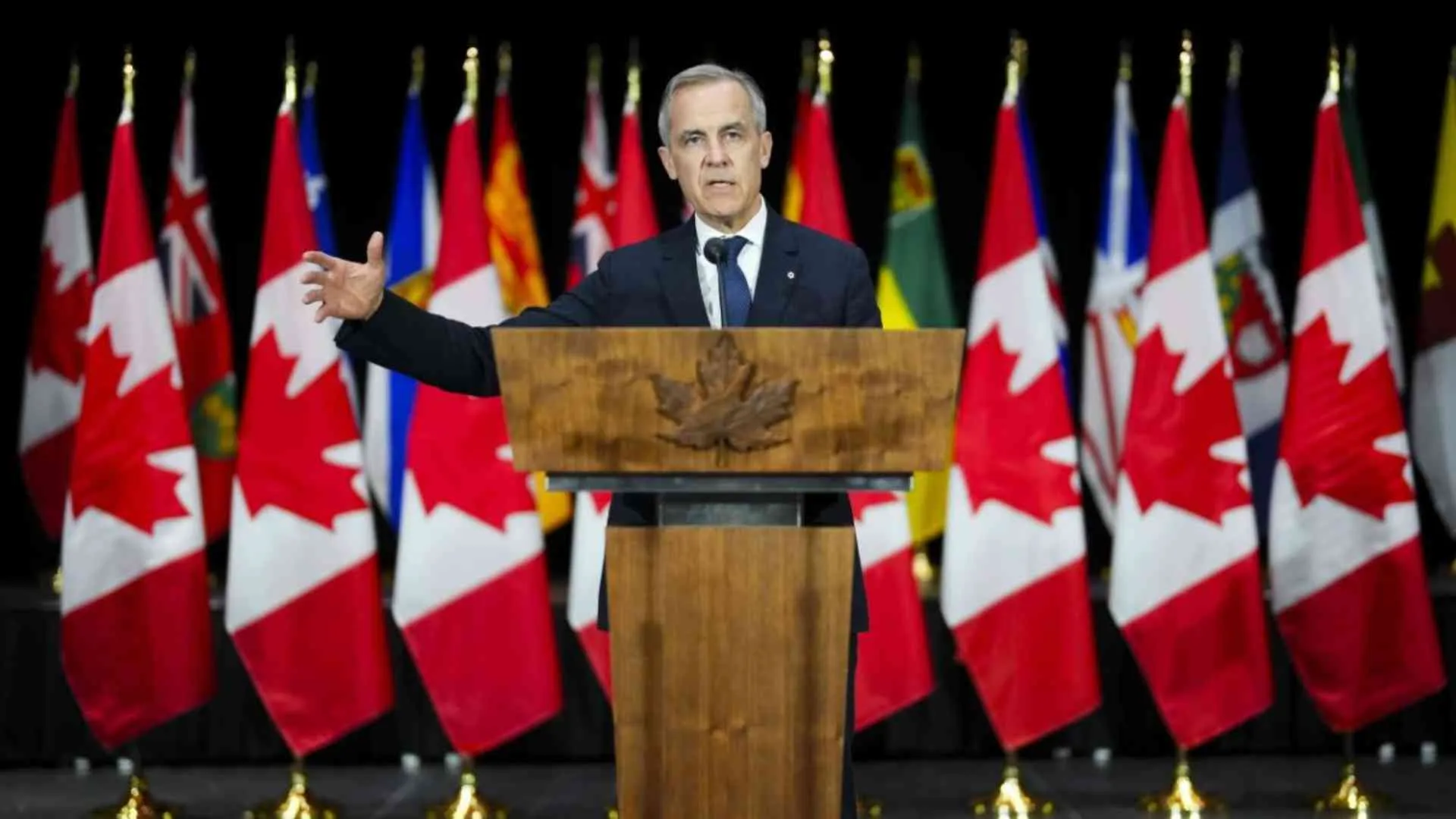In a high-stakes move, U.S. President Donald Trump has announced a sweeping set of new tariffs under what he calls “Liberation Day.” Speaking from the White House Rose Garden, Trump declared that these tariffs aim to counter what he describes as unfair trade practices by foreign nations.
The policy targets countries with large trade surpluses with the U.S., a move that could significantly escalate global trade tensions.
Which Countries Will Be Hit the Hardest?
The biggest targets of Trump’s new tariffs are countries with the largest trade surpluses with the U.S. At the top of the list is China, with a trade deficit of $295 billion, making it the most vulnerable to new tariffs. The European Union follows closely behind with a $236 billion trade imbalance.
Mexico is also a major target, with a $172 billion trade deficit. Vietnam, which has emerged as a growing trade partner in recent years, faces a potential economic setback with its $123 billion surplus. Other countries expected to be affected include Taiwan, Japan, and South Korea, all of which have significant trade imbalances with the U.S.
India, Thailand, and Canada also feature on the list, with deficits ranging between $46 billion and $63 billion. While not as high as China or the EU, these nations could still see considerable trade disruptions as the new tariffs take effect.
The Reason Behind the “Reciprocal” Tariffs
Trump has repeatedly argued that American businesses face unfair competition due to high foreign tariffs and restrictive trade policies. His administration claims that many countries impose much higher tariffs on U.S. goods than the U.S. does on theirs.
For example, India has one of the highest tariff rates among U.S. trade partners, with an average rate of 17 percent, while South Korea’s tariffs average 13.4 percent. Vietnam, Brazil, and Mexico also impose significantly higher duties on American imports. By introducing a blanket 20 percent tariff across multiple industries, Trump aims to level the playing field. However, the exact rates for individual countries remain uncertain.
How Are Other Countries Responding?
Many U.S. trading partners have expressed strong opposition to the tariffs and hinted at possible retaliation. European Central Bank President Christine Lagarde warned that these trade restrictions could have negative consequences worldwide. Canada and Mexico, key trade allies under the USMCA agreement, are also considering countermeasures.
In Australia, Prime Minister Anthony Albanese and opposition leader Peter Dutton have voiced their disapproval. Dutton, taking a strong stance, stated, “If I needed to have a fight with Donald Trump or any other world leader to advance our nation’s interests, I’d do it in a heartbeat.”
ALSO READ: Donald Trump’s ‘Liberation Day’ Tariffs: When and Where to Watch the Big Announcement






















